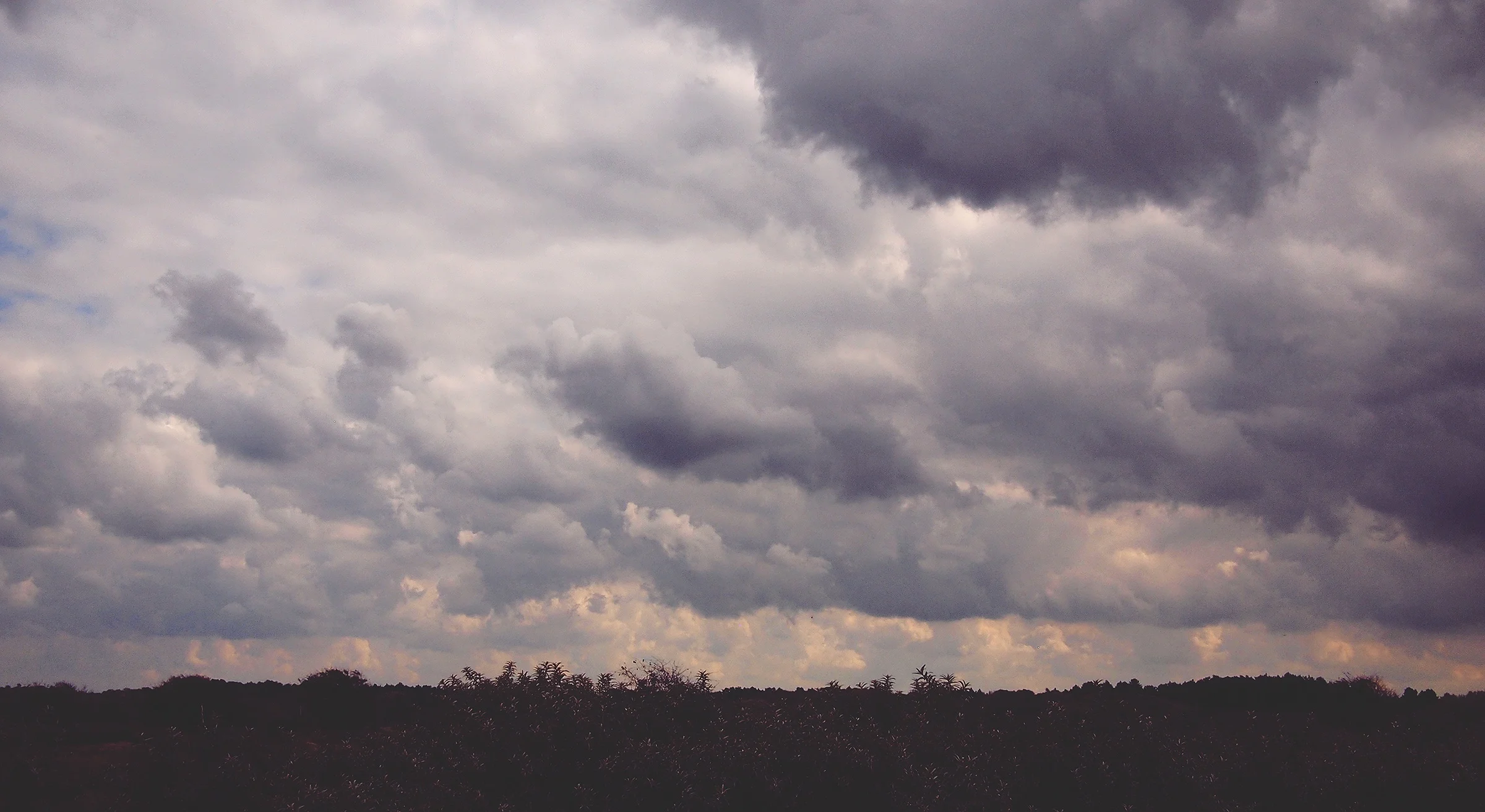Norman Rockwell, “The Thanksgiving Picture”, 1942, oil on canvas.
“The Thanksgiving Picture”, is one of four oil paintings by the American artist, Norman Rockwell, that depicts our country’s Four Freedoms. These works were inspired by United States President Franklin D. Roosevelt’s 1941 State of the Union Address, known as Four Freedoms.
“The Thanksgiving Picture” was created in November 1942 and published in the March 6, 1943 issue of The Saturday Evening Post. The persons in the painting were friends and family of Rockwell in Arlington, Vermont. It has become an iconic representation of the Thanksgiving holiday, as well as family holiday gatherings in general.
The holidays are upon us! A time for family and friends to reunite, to rejoice, to be grateful for one another. It’s a time of flurries of snow and warm fires. It’s a time for PARTIES! For many this time of the year is full of joy. But for some it is a time of anxiety and loneliness.
For 23 and a half years I have been sober. Each and everyday I am forever grateful for my sobriety. But I admit that this time of the year can still be tough. Oh, that first sip of champagne, that first sip of white wine…what a cheerful way to get in the festive mood! And seemingly the more alcohol I consumed the more cheerful I became. But all that was a ruse.
“Tis the season to be jolly”…and jolly for me is a clear mind, memorable moments with my children and grandsons, moments I will never forget…fun gatherings with friends…a quiet night with hot cocoa enjoying a fire.
Happy Holidays to you all! A time of blessed joy!





